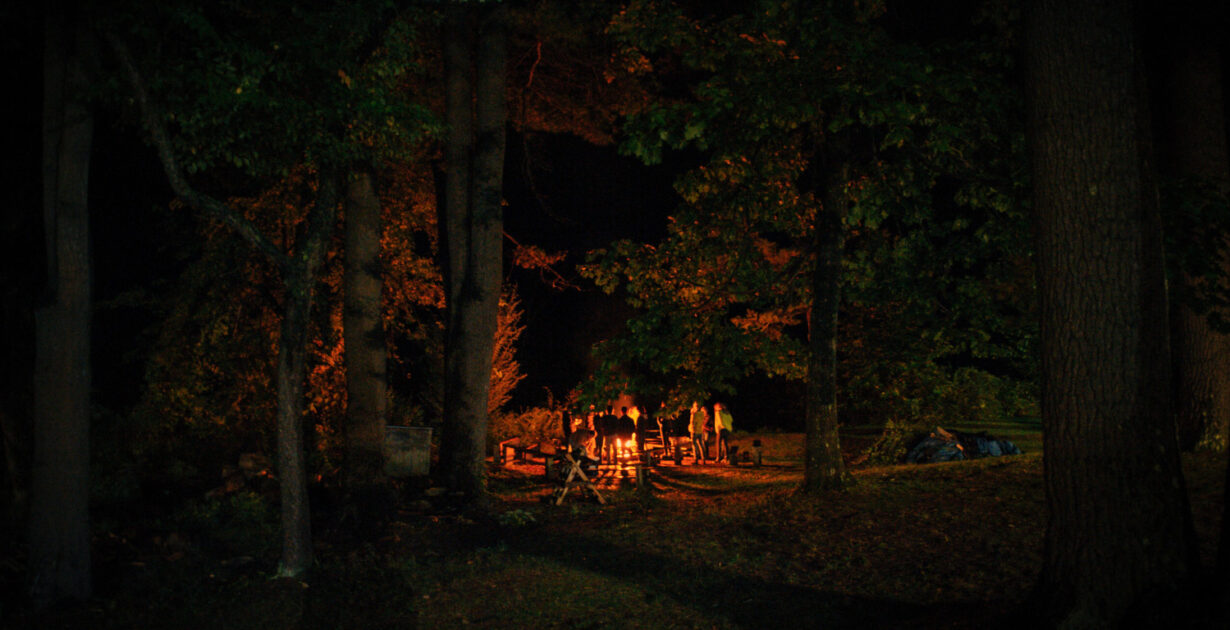Partner Forest Case Studies: Tri-Lox + Great Mountain Forest
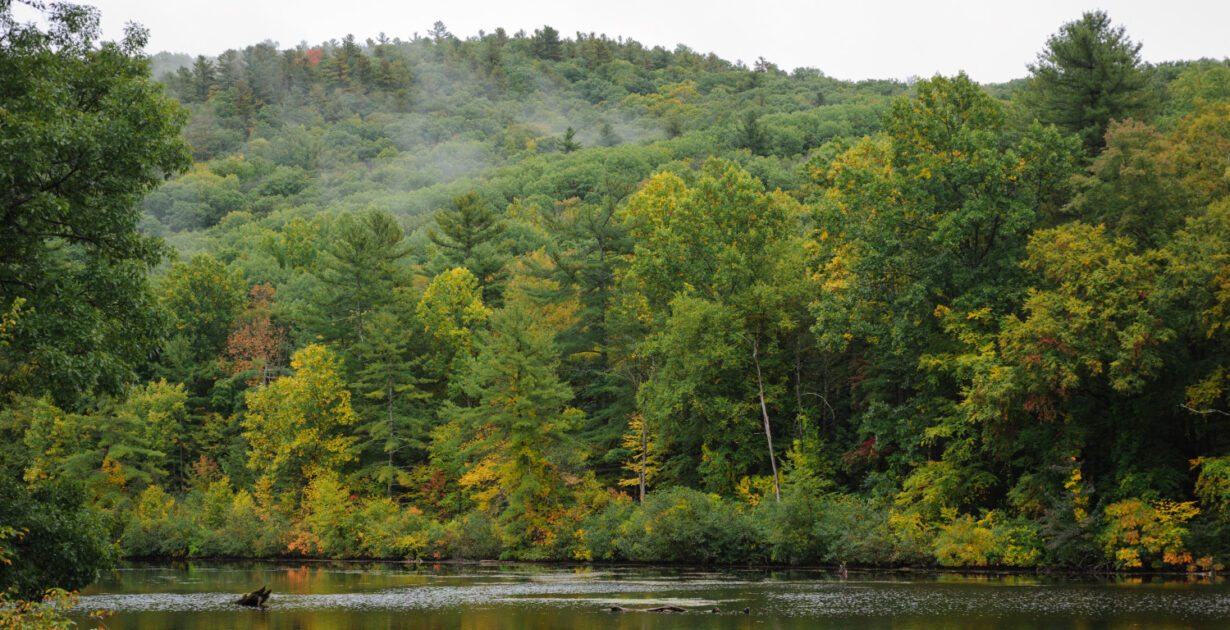
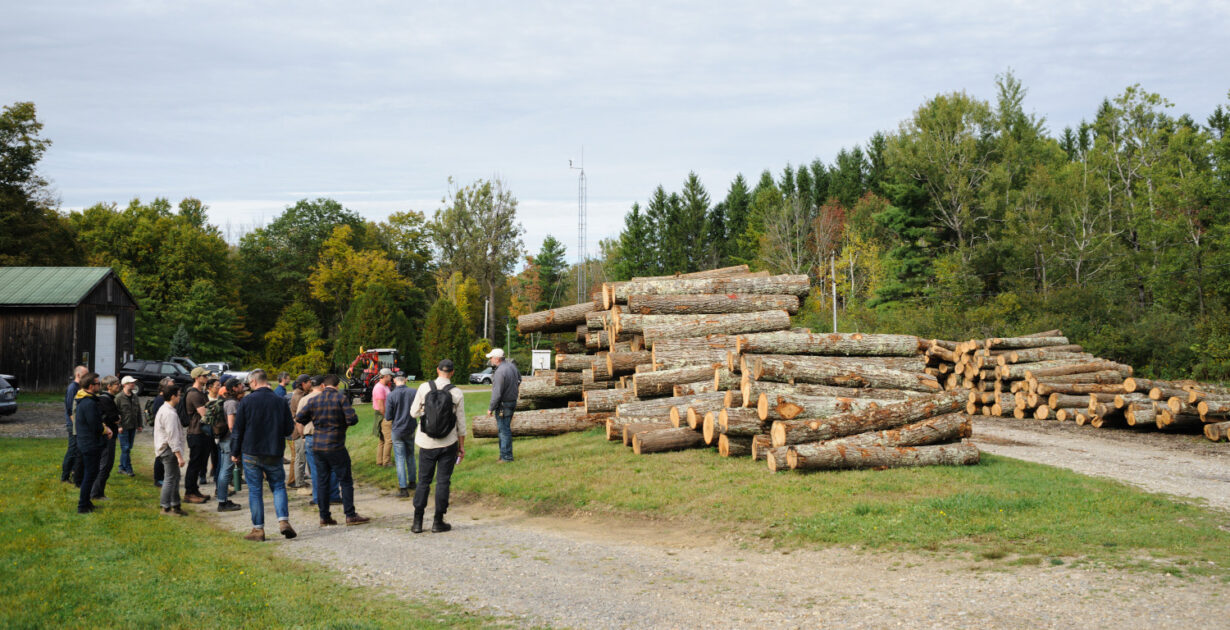
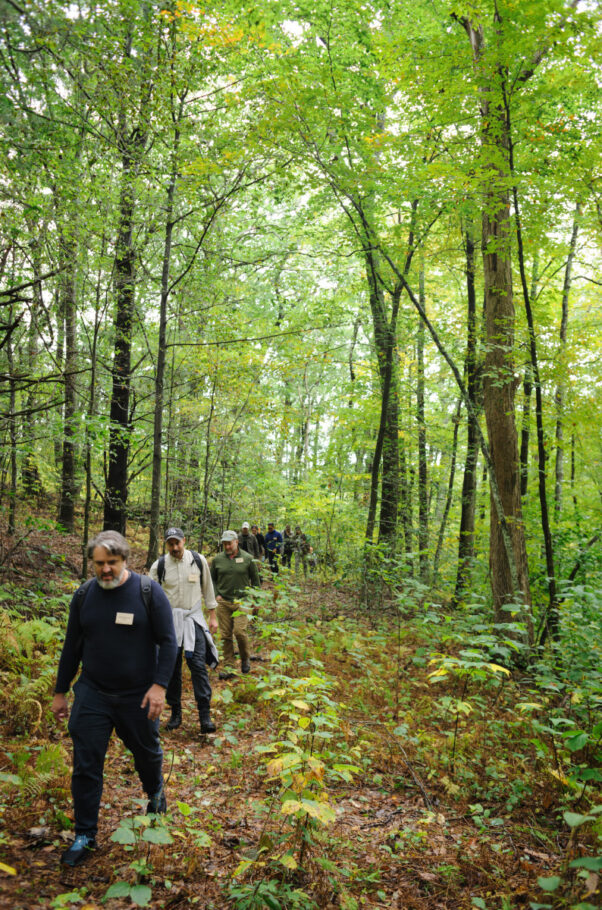
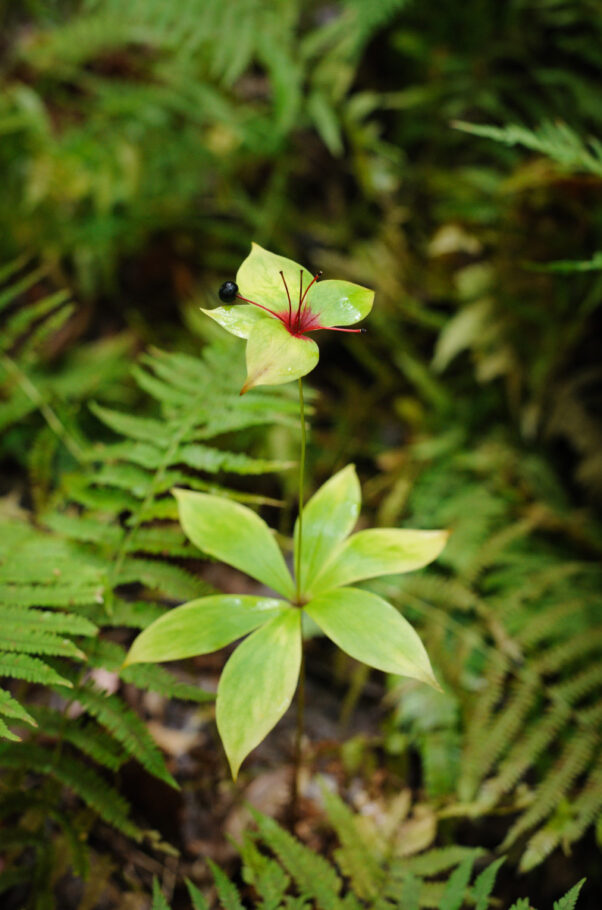
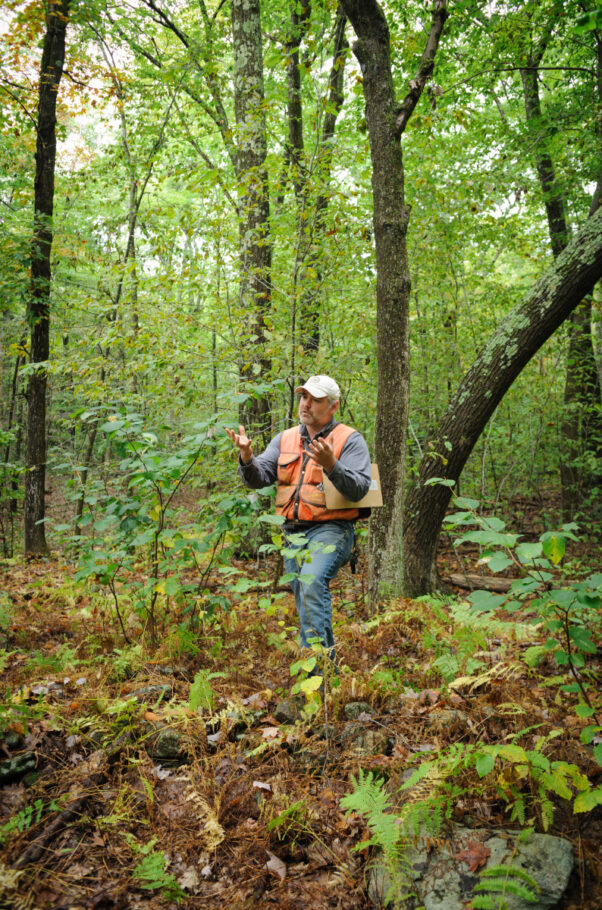
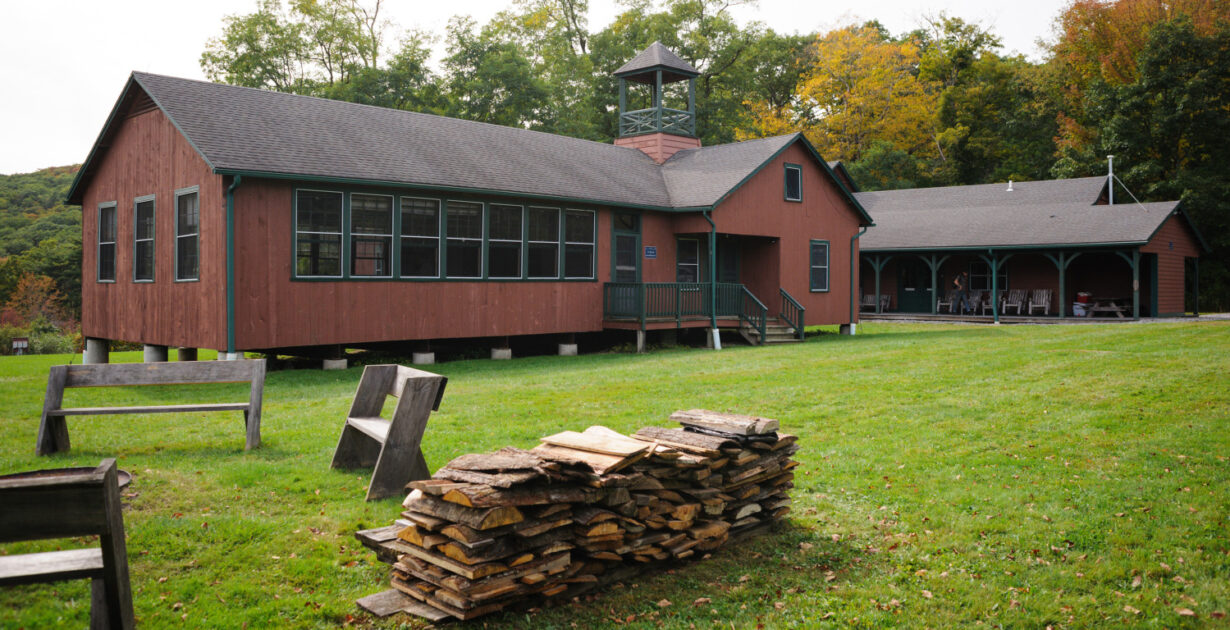
The Yale Camp at Great Mountain Forest, part of Yale School of the Environment (formerly Yale School of Forestry) has been in operation since 1941.
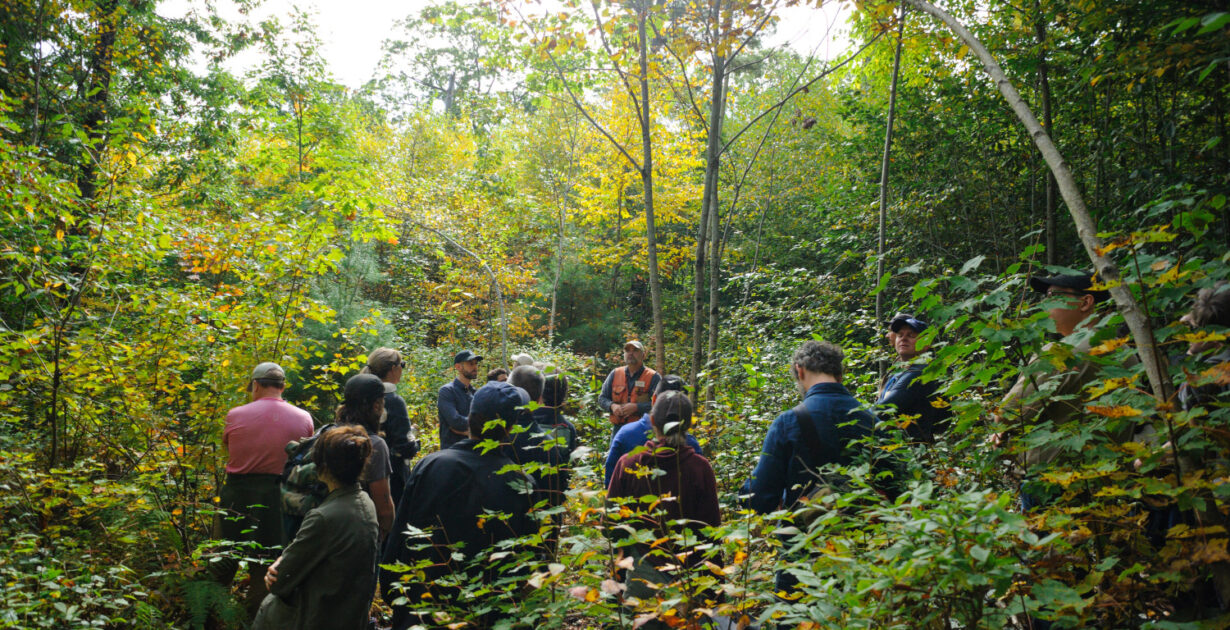
GMF Director of Programs + Operations Matt Gallagher (center) is a forester with an expansive knowledge of CT forests that he applies to ongoing research and educational programming.
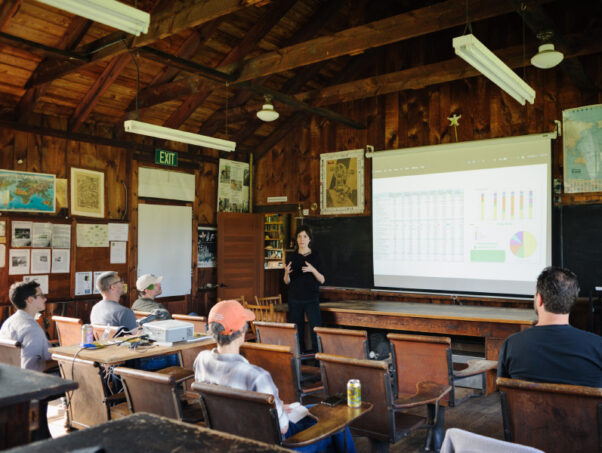
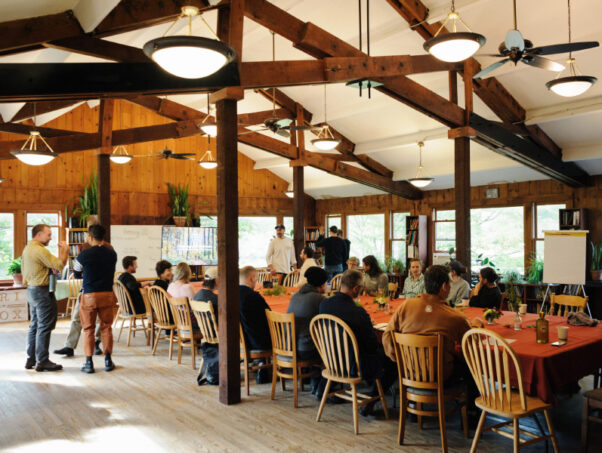
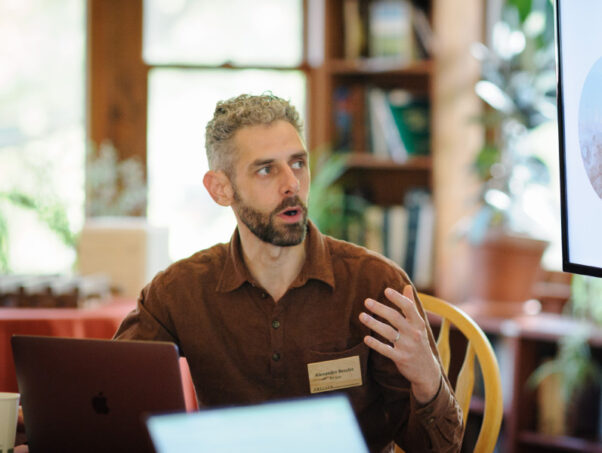
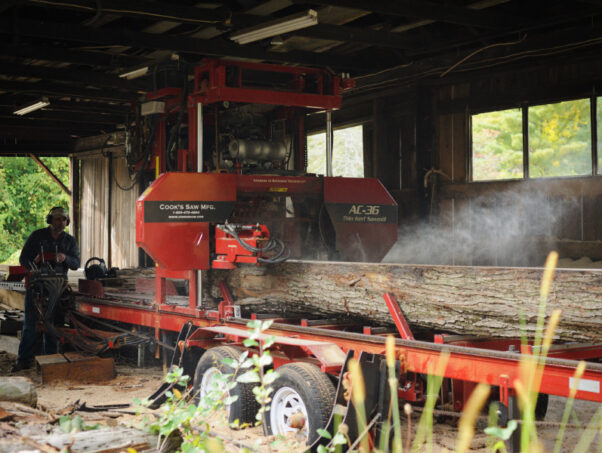
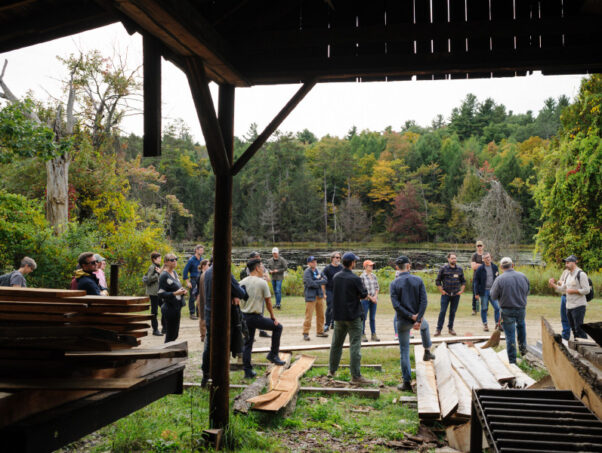
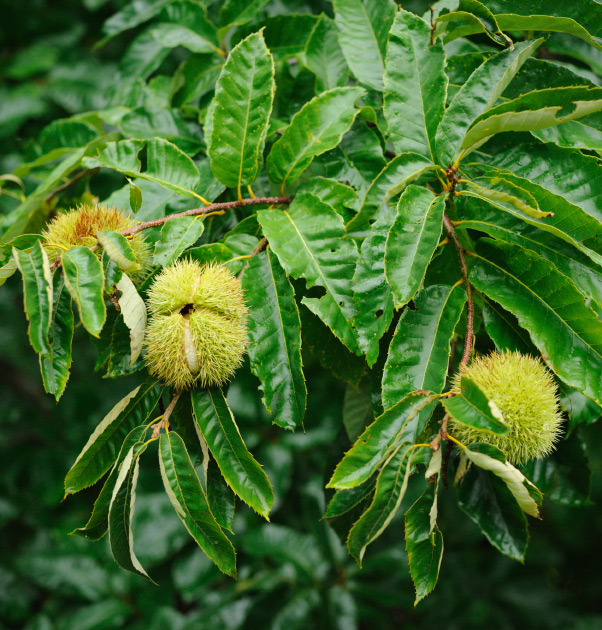
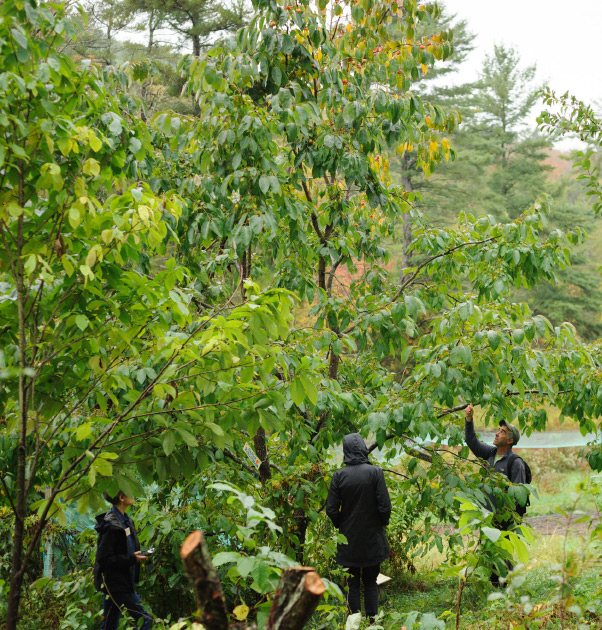
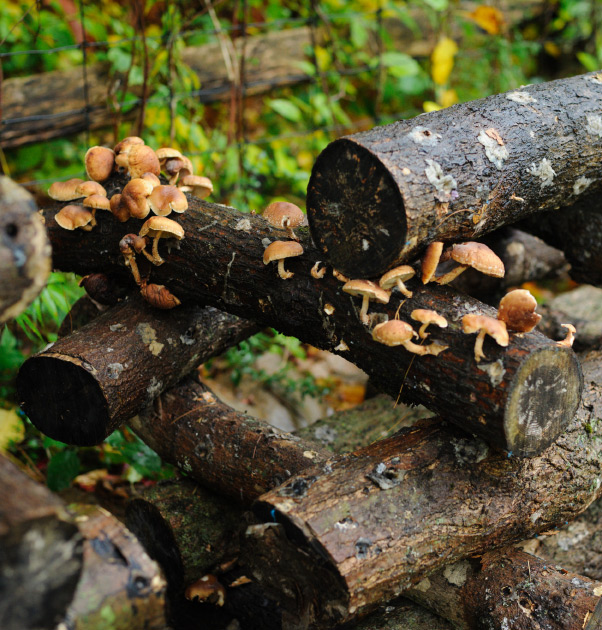
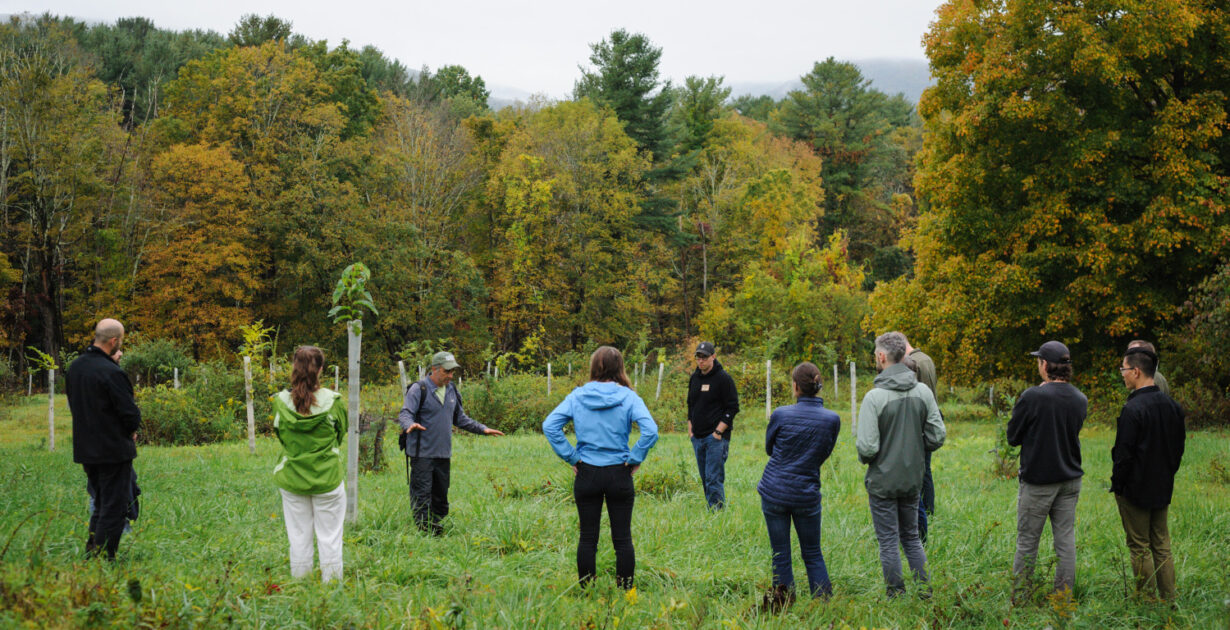
Shamu Sadeh (third from the left) is the Managing Director of Education at Adamah Farm, an organic farm managed for soil health, carbon storage, nutrient density, and biodiversity.
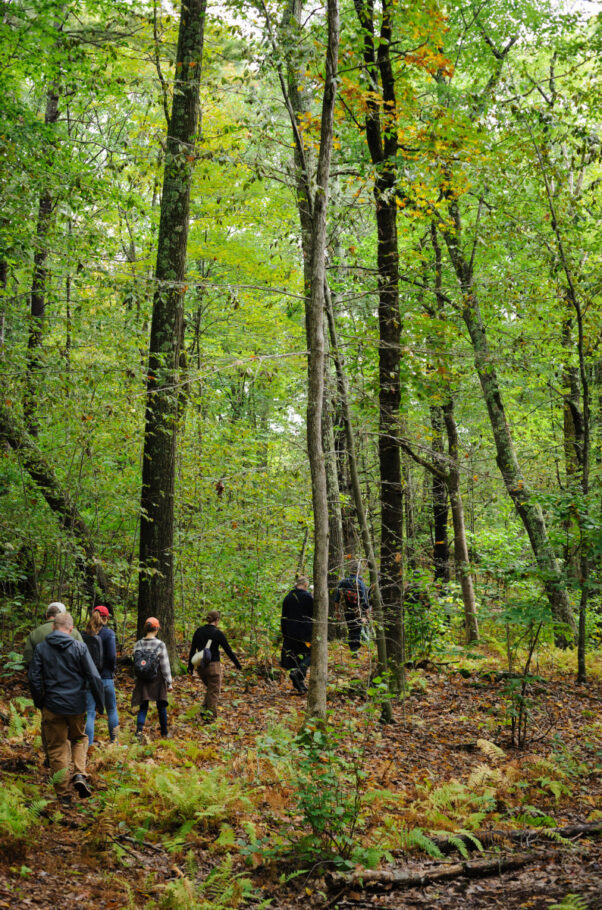
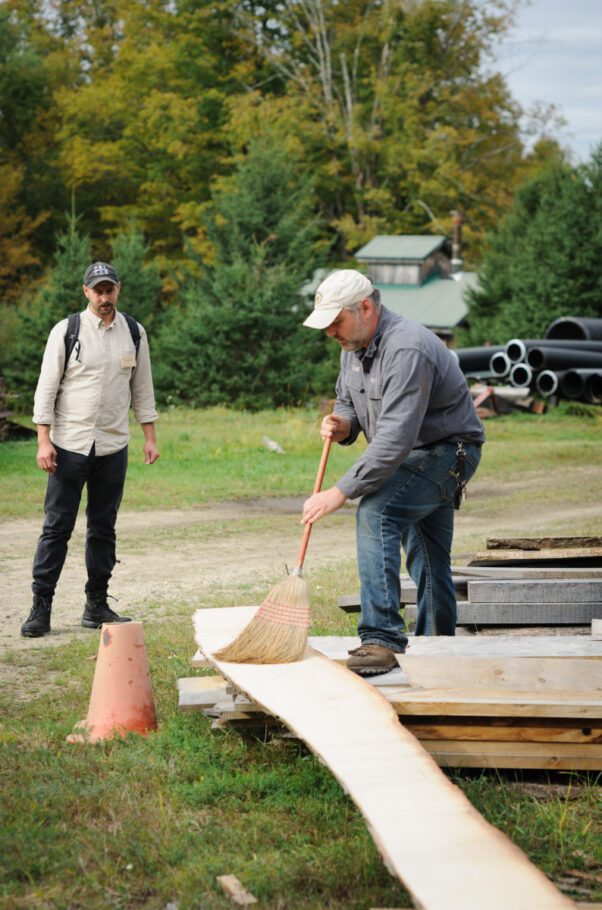
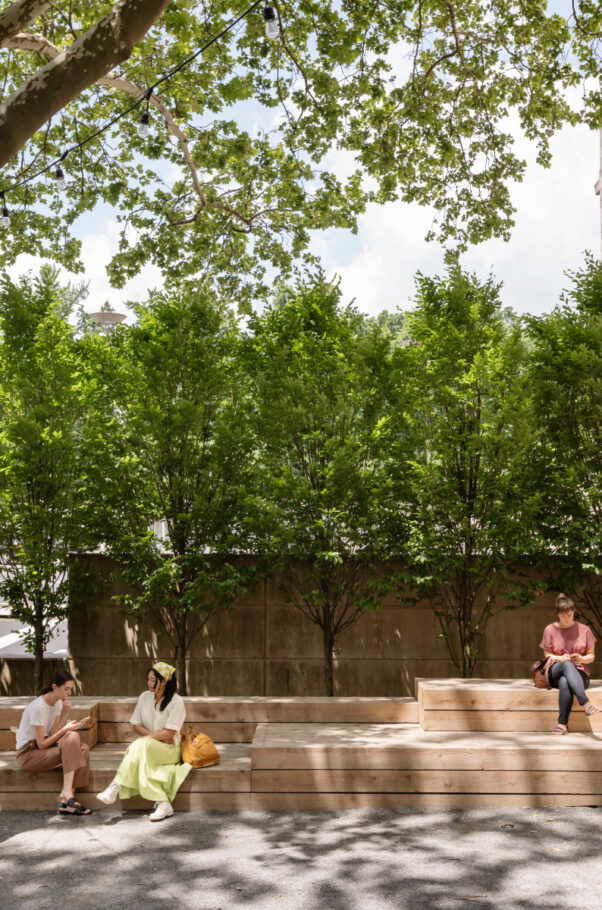
Looking to introduce these concepts to your team? Contact us at [email protected] to schedule a consultation at your office.
